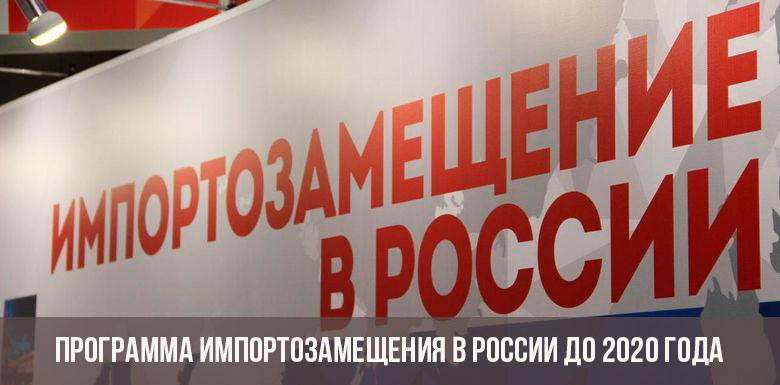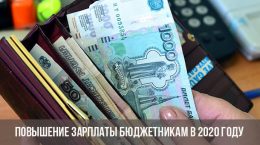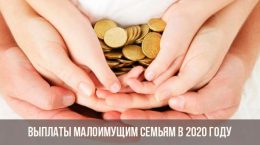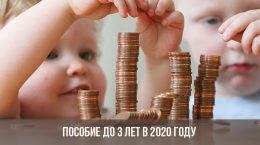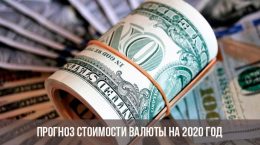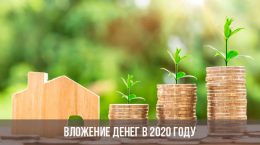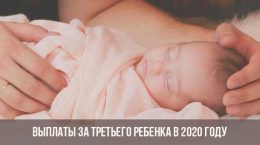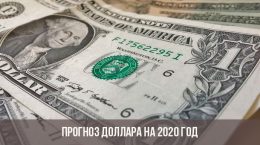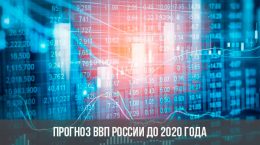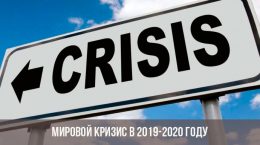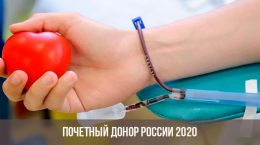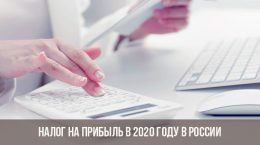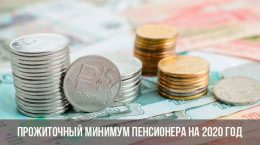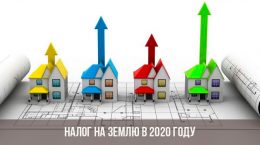Content [Hide]
The production of a high value-added product, technological and competitive goods is the key to a successful future state, and the import substitution program in Russia until 2020 is one of the important measures to diversify the country's economy and the right step on the way to Industry 4.0, which will help our country get rid of oil and gas addiction. What does this strategy include and what elements are already implemented?
Strategy Development
The import substitution program in Russia until 2020 is, first of all, a measure of resolving the issue of food and commodity security by the government of our country. Secondly, the competitiveness of Russian goods delivered abroad and the technological development of the Russian economy depends on its implementation. Attempts to introduce systemic measures have been undertaken by the authorities since 2012, when the State Program was developed to support and develop the agricultural market for 2013-2020.
The implementation of the strategy was hindered by sanctions from the United States and European countries. Ultimately, the issue of import substitution until 2020 arose "rib". The search for solutions to the resulting legal and economic conflicts resulted in a key document - Program No. 328 of April 15, 2014 on the development of industry and increasing the competitiveness of Russian production in the international arena. In addition, other legislative acts were issued that united a common goal: the formation of a specific position in the country regarding import substitution.
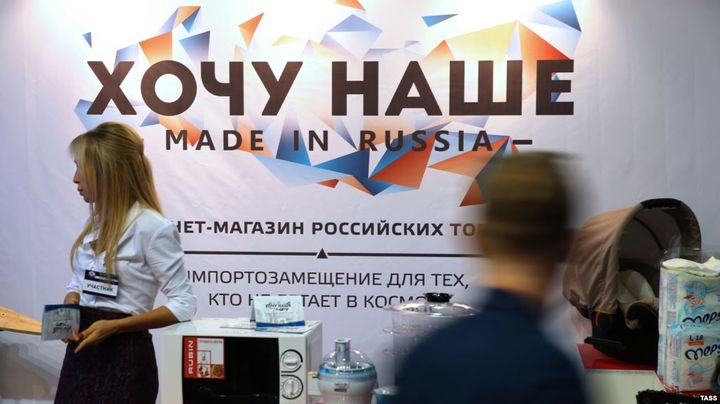
On 04.08.2015, a departmental commission was created under the Government of the Russian Federation, which operates on the basis of the RF Government of 08.08.2015 N785 and the order of the Government of the Russian Federation of 08.08.2015 No. 1492-r.
In the latest legislative act, the list of responsible persons is named:
- defense industry commission;
- commission on other sectors of the Russian economy.
What is the essence of the strategy
The import substitution strategy establishes certain “rules of the game” for all participants in a civil turnover.
In short, the goal of this program No. 328 is to regulate the production sector in Russia, taking into account the mechanisms of import substitution. The provisions of the document also take into account data from the Strategy for Innovative Development of the Russian Federation dated December 08, 2011 No. 2227-r.
The objectives of the program are:
- increasing the competitiveness of Russian industry on the world stage;
- introduction of the latest technologies in production;
- development of the innovation market for the subsequent application of development in practice.
Note! The document does not have a specific mechanism of action, only general goals, objectives, criteria for achieving the planned results, the composition of the commission, etc., necessary for the implementation of the process of replacing foreign products with domestic counterparts are indicated. Those. considered exclusively the legal side of the issue.
The implementation of the above goals is achieved, including due to investments in the framework of the Program of 10/11/2014 No. 1044.
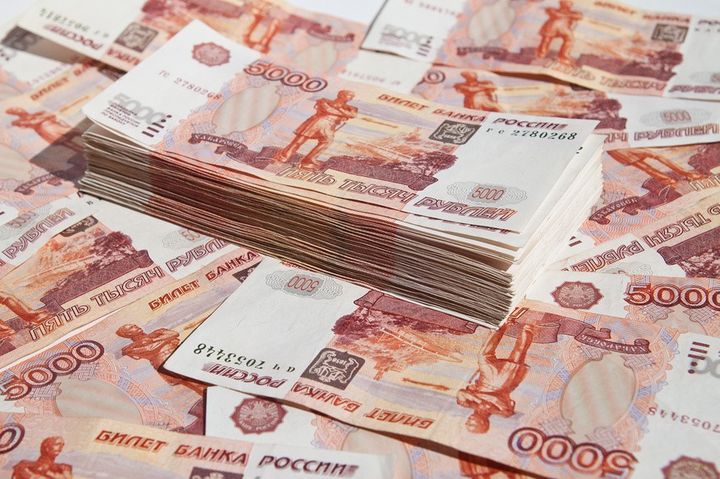
The results of the implementation of the strategy by 2020 should be:
- creation of developed industrial infrastructure in the Russian Federation;
- formation of demand for domestic products;
- creation of highly qualified jobs;
- modernization of the technological basis of the state;
- increasing the economic efficiency of domestic manufacturers;
- standardization of the most important industries;
- an increase in the number of patents, the introduction of the latest innovations in practical activities.
What products are included in the program?
With the introduction of sanctions, the Russian Federation took retaliatory measures towards the West. So, goods from Australia, Norway and the USA have stopped importing into our country. The list of import-substituting goods is presented in PP No. 1421 of 12.19.2014.
Download the current program on import substitution in the Russian Federation.
Among the foods worth noting:
- meat;
- fish and seafood;
- dairy products;
- a large number of vegetables and root crops, including tomatoes, potatoes, carrots, beans, turnips, eggplant, mushrooms and other products that can be grown in the Russian Federation;
- fruits and nuts;
- sausages.
In the field of engineering, there are also significant restrictions on the import of products. The official portal of the State System of Legal Information contains a list of goods whose import into the country is impossible without obtaining permission from the departmental commission under the Government of the Russian Federation. The list of permitted products for import includes:
- tanks;
- alternators;
- water and gas turbines;
- power plants;
- aircraft engines;
- aircraft;
- launch vehicles;
- vessels with a displacement of over 10,000 tons, etc.
With the IT sphere, everything is much more complicated, since in Russia there are no analogues of many foreign gadgets and software. Therefore, on November 15, 2015, the Government approved the creation of a single “Register of Russian Software”, in which Russian IT projects are named, which in the future will have priority over foreign ones when conducting public procurements. The PP dated November 16, 2015 No. 1236 refers to the prohibition of the use of foreign software in municipal and state institutions. But this document does not exclude the option of installing such software in the absence of domestic counterparts.
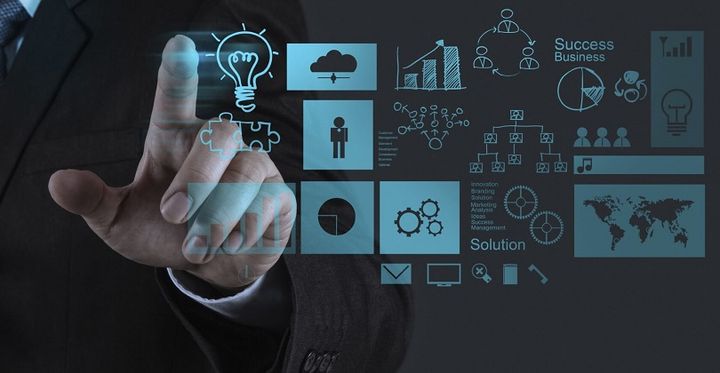
What has already been done
Since June 2015, over 350 import substitution projects have been implemented in Russia. About 2-380 will be realized within 2-3 years. But at the same time, a quarter of them are joint investment projects with foreign corporations and banks.
According to the head of the Ministry of Industry and Trade Denis Manturov, in 2016-2017 alone, 350 high-tech industries were launched in the Russian Federation.
The best results for the last 5 years have been shown:
- Automotive industry;
- Agriculture;
- engineering.
An increase of 10-15% is observed in the following industries:
- machine tool industry;
- heavy engineering.
An increase of 4-8% was recorded in the following areas:
- timber processing;
- light industry;
- aviation industry;
- chemical industry.
Despite all the measures of state support to industry in the framework of the import substitution program until 2020, the share of imports continues to grow. So, for January-November 2017, the growth is 24%, and the figure is 181.4 billion USD. And in 2018, the FCS noted an increase of 6.1 percentage points compared to the reporting period of 2017.
Our country still needs to create its own high-tech corporations with minimal foreign capital, such as Japanese-made Schneider Electric, Microsemi and Sumitomo Electric. The IT sector also requires special attention, since import substitution in this area is the slowest.
Read also:

